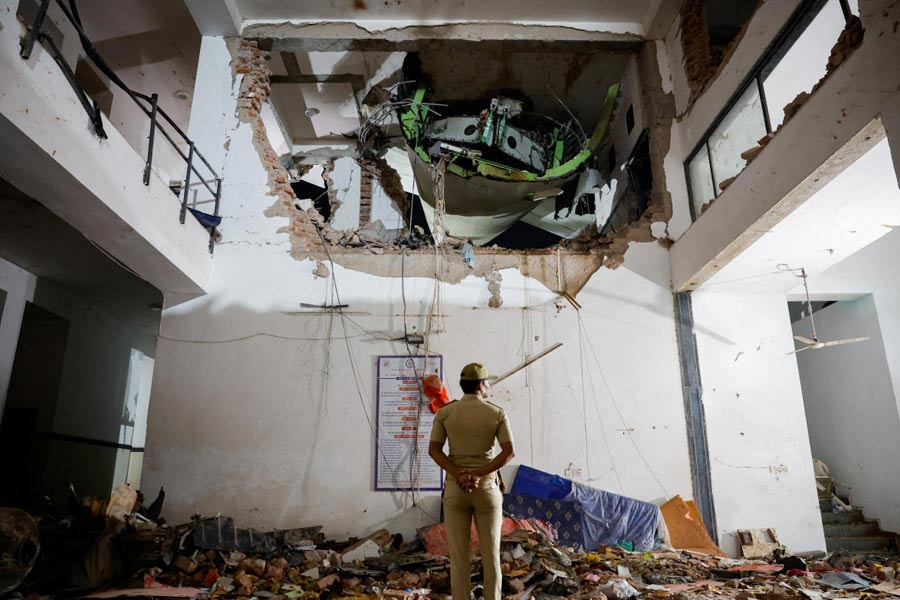 |
| Area watch: Saranda forest |
Ranchi, Aug. 6: Saranda forests in West Singhbhum will get fixed mining and no-mining zones within a month to benefit both the demands of economy and ecology.
Chief secretary R.S. Sharma, in his directive to the forest department yesterday, asked for a strict demarcation of mining and no-mining zones in Saranda and issued a deadline of 30 days to complete the task.
Differentiating mining and no-mining zones becomes imperative ahead of the inter-ministerial group meeting to be chaired by the Union steel secretary D.R.S. Choudhary.
The meeting, earlier scheduled for August 8, has been postponed but it will be held soon.
A high-powered committee of three department secretaries — forest and environment Alka Tiwary, mines and geology Satendra Singh and industry A.P. Singh — has been constituted for the task.
“The chief secretary has issued a directive to prepare a detailed plan vis-à-vis Saranda. The idea is to earmark mining and no-mining zones and the work is expected to be complete within the next 30 days,” industry secretary Singh told The Telegraph.
So far, of the 80,000 hectare of Saranda forests, mining leases have been issued to around 9,505 hectare, of which private parties hold 2,531 hectare and PSUs occupy the rest.
However, since 2003, though 20 firms were allocated mining or prospecting areas, no new firm got a lease.
All, including ArcelorMittal, Tata Steel, JSPL, JSW, and Electrosteel Castings Ltd, are waiting. But, once they do, it can amount to a diversion of around 11,000 hectare of virgin forestland.
Adding this to the existing lease area, it can amount to almost 20,000 hecatre or one-fourth the area of Saranda forests, which may take a heavy toll on ecology in the sal habitat. But the claims of industry are also sitting heavy on Jharkhand as big-ticket investors are left waiting for years.
Top bureaucrats feel that a demarcation of mining and no-mining zones will not just help Jharkhand preserve biodiversity of the region but also ensure it takes prompt decisions when it comes to granting lease to companies for mining and prospecting work.
Mapping the no-mining zones, including core forest areas, elephant corridors and the like, will present a clear picture of the chunks that can’t be touched.
The task, if completed in an accurate and transparent manner, will then help the state send forest diversion proposals of various prospective mines in the region without spending much time.
In quite a few cases, the state government has taken up to a couple of years in preparing such proposals, which in turn delayed mining projects.
This June, Sharma also urged Planning Commission to conduct an independent study on the impact of mining on Jharkhand’s people and economy, a first of its kind proposal that was seconded by Union minister for rural development Jairam Ramesh.










